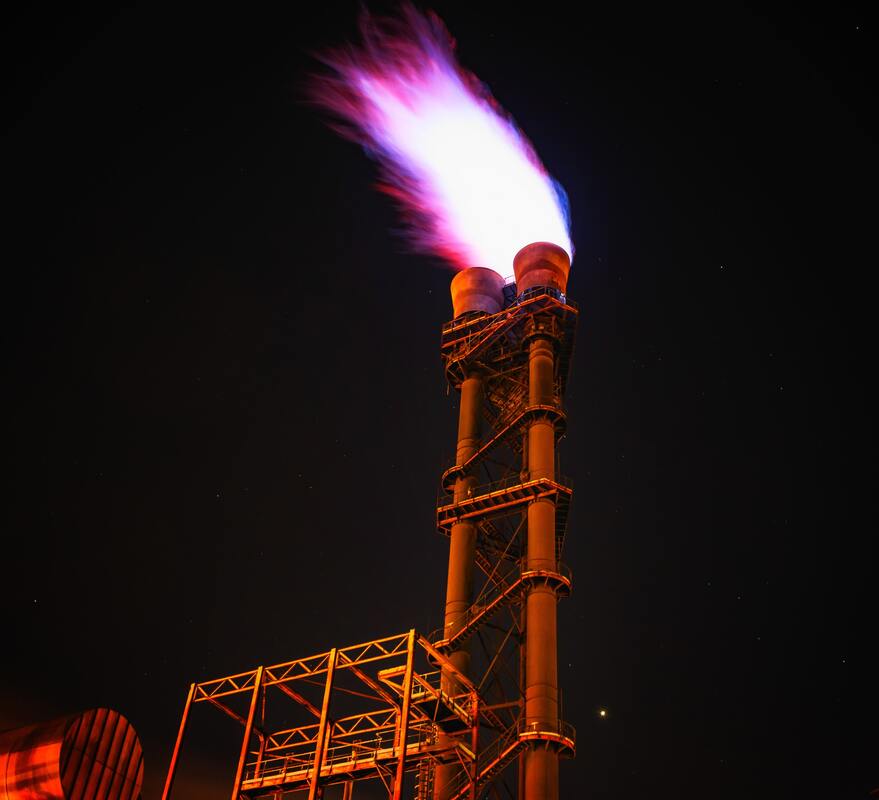|
This past week in Congress, a rare bipartisan coalition introduced a bill known informally as the Pickens Plan, after the Texas natural gas magnate T. Boone Pickens who has talked it up incessantly for the past two years.
The Pickens Plan would spend $1 billion a year for five years to subsidize the manufacture of heavy trucks that would burn natural gas, as well as provide tax incentives to truck stop owners who install natural gas refueling equipment. The thesis of the Pickens Plan is that natural gas is cheaper than oil (true), that it can come largely from supplies in the US and Canada (true), and that it produces less greenhouse gas emissions than diesel fuel (sort of true). The 8 million heavy trucks in America constitute only about 3% of country’s vehicles, but a whopping 23% of transportation fuel use (or 16% of total oil use). Pickens claims that moving this fleet to natural gas would halve U.S. imports from OPEC (sort of true). Of course, moving the fleet to cost-effective biofuels would accomplish this objective too, but don’t hold your breath. Electric vehicles may impact fuel use as well, although for technical reasons they are unlikely to take root in the heavy trucking fleet. Let’s leave aside the issue of whether this is a good way to spend at least $5 billion, and focus solely on whether the Pickens Plan for natural gas vehicles creates a viable new market. New markets get their start in footholds that may be a sliver of total consumption but which 1) avidly adopt the new solution and 2) provide a stepping stone to broader market penetration. Think of the effect of World War I on aviation, or the role of sports programming with early adoption of HDTV. Are heavy duty trucks a good foothold? Undeniably, they are a small, high-impact segment of the market to target — which cannot be said of some other energy subsidy programs such as for wind and solar. 18-wheelers often travel predictable routes along Interstate highways, so the lack of natural gas filling stations can be addressed through converting a relative handful of truck stops. Earlier steps toward natural gas vehicles targeted city buses and trash haulers, which can be refilled a central depots. This was also an effective, concentrated market to tackle. By giving manufacturers an incentive to produce natural gas vehicles, the Pickens Plan will make them cheaper, so the bill would target two major barriers to adoption. What else could impede adoption? Dealers may not be incented to sell the trucks (this is an issue for electric vehicles, known as EVs). Skilled mechanics for unfamiliar engines may be tough to find. Resale values may be uncertain. New markets require a view of the total system, and the legislation only targets a couple links in the chain. The bigger question is whether natural gas vehicles would spread beyond this foothold to light trucks and passenger vehicles. A federal approach may be the wrong way to target the market. The key for broader uptake is not the number of vehicles, but the number in a given area. Filling stations and vehicle repair is an inherently local business. There is a greater penetration of early passenger natural gas vehicles (e.g. the Honda GX) in Southern California in part due to fleet filling stations being open to the public. However the vastness of Southern California does not really correspond to the sort of tightly-packed, motivated market that typically demonstrates the value of new technologies. A city like Portland, Oregon would be a better fit for a proving ground. Of course, Portland would prefer to go electric, which gets to the other issue facing broader penetration of natural gas vehicles. With battery technology rapidly improving, consumers may opt to go for EVs or wait for a better EV. New markets do not take off when consumers have strong incentives to wait. So there is little to suggest that natural gas vehicles would penetrate the market quickly, and much in the works in laboratories to make them an uninteresting long-term choice. The upshot: the Pickens Plan could impact oil imports in the medium-term, to the extent that these are affected by fuel use in heavy trucks. But that’s it. A rare bipartisan push for legislation, and it has to be about this? Story by Steve Wunker. Comments are closed.
|



4/13/2011